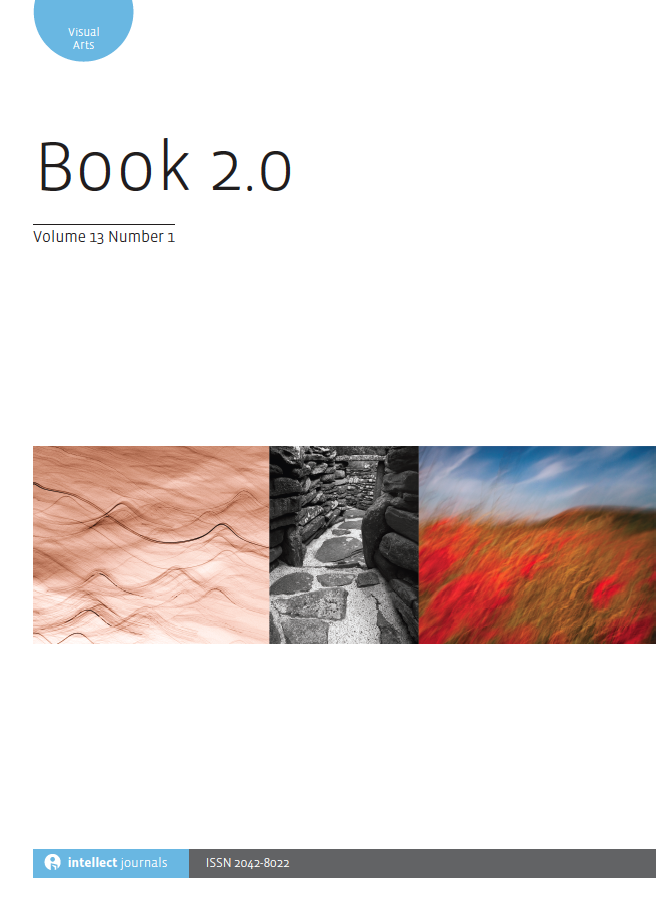
Full text loading...
 , Lissa Holloway-Attaway1
, Lissa Holloway-Attaway1
This article examines historical examples to illuminate a prehistory of the interactive reader in analogue media, tracing a rich genealogy that is helpful for understanding and designing current works such as augmented reality (AR) books. In addition, a set of generative design strategies to help shape current practice are discussed, based both on formal qualities and characteristics of historical examples and the authors’ own experiences as designers working in mixed reality over many years. Theoretical framing is provided to persuasively make the case for the relevance of historical works for designers today. From medieval manuscripts, to Renaissance medical texts, to seventeenth, eighteenth and nineteenth century movable books, to the elaborate paper engineering of twentieth century and contemporary pop-up books, the history of the active reader and interactive book design is long and fascinating, and is presented here as an important and direct source of inspiration for digital designers today. Finally, recent interactive book projects designed by the authors are discussed and analyzed for both continuities and disruptions of historical interactive book design strategies, and a framework is presented for conceptualizing the postdigital interactive reader today.

Article metrics loading...

Full text loading...
References


Data & Media loading...

Publication Date:
https://doi.org/10.1386/btwo_00018_1 Published content will be available immediately after check-out or when it is released in case of a pre-order. Please make sure to be logged in to see all available purchase options.